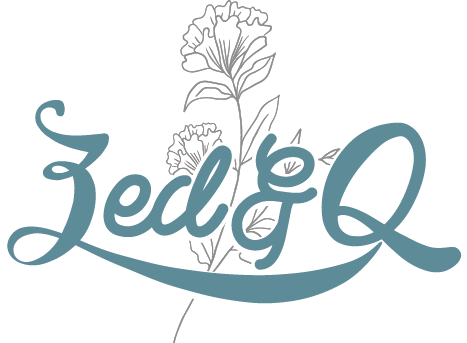
Hands on Science: Mixtures and Solutions
P.S View our Instagram stories if you'd like to see these experiments in action!
Here's what we explored:
Lesson 1: What is a Mixture?
A mixture is a combination of 2 or more kinds of matter which can easily be seen and separated. The objects keep their shape and are not chemically joined. We explored ways of separating different kinds of mixtures.
Separation method #1: By hand
Yusuf (5) mixed lego with markers and used his hands to separate the mixture. 
Separation method #2: Sieving
To separate pebbles from sand the boys used a sieve.
Separation method #3: Decanting
The boys mixed sand and water and let it stand for a few minutes. To their surprise they noticed the sand settling down in the container and not dissolving. The boys learnt about the decanting method which is pouring the liquid into another container once the solid has settled.
Separation method #4: Filtration
We used a coffee filter to separate a liquid (brewed coffee) and a solid (coffee grounds).

Separation method #5: Filtration (again!)
My children absolutely loved filtering so we tried this again. This time they filtered dirty water. They repeated this over 2 days because they were amazed at the first result!
Materials:
- Sand
- Charcoal
- Cotton Balls
- Pebbles
- Plastic Bottle (with bottom cut off)
- Jar
- Dirty Water (dirt + water)
Step 1: Begin by placing a few cotton balls in the bottle.
Step 2: Follow by adding a thick layer of sand, some charcoal, a thin layer of sand and some pebbles.
Step 3: Place the bottle on top of the jar and slowly pour in the dirty water.
Step 4: Now watch the filtration process! The boys tried this 3 times with success before it stopped filtering!
What will happen if you place the materials in different order? If you omit a material, will you still achieve clean water? Yep, the kids will be experimenting with this again and again!
Lesson 2: What is a Solution?
A solution is a liquid mixture that is made when a solid dissolves into a liquid like salt dissolving in water. We call the solid (salt) a solute and the liquid (water) a solvent. When a solution is made, all components are evenly mixed, so every spoonful of salt water will taste the same. Like mixtures, solutions can be separated into their original components through different methods.
Experiment #1: Solubility
We tested the solubility of substances. In each cup they mixed the following components: salt and water, sugar and water, sand and water and oil and water. Using their checklist, they observed, compared and identified the mixtures and solutions. They helped each other identify the solute and solvent and discussed whether or not these mixtures can be separated. 
Time to do some testing! We separated the salt water solution using a solar process, then explored separating in and water through chromatography. We have not experimented with the distillation method yet.
Experiment #2: Evaporation (salt water solution)
We learnt how to evaporate water to form salt crystals through a solar process. The boys poured a saturated salt water solution over black cardstock and left it in the sun to dry up. Alhamdulillah it was a hot and humid day! After a few hours we witnessed salt crystals.
Note: Black cardstock is used because the colour black absorbs all frequencies of visible light which helps the water molecules evaporate when it's hot.
Also, make sure your solution is saturated. Ours wasn't at first. As the paper dried we saw very little crystals. So we made a much more saturated solution and this time it worked!
Experiment #3: Chromatography (ink and water)
Chromatography is a technique used to separate mixtures. For this lesson, we separated the coloured pigments found in ink. Yaseen (7) had to find out which pen I used to write the note. Here's what we did:
Materials:
- 4 markers of the same colour (water soluble works best)
- Filter paper (I used coffee filters)
- Jar of water
- Scissors
Step 1: I wrote a message on filter paper.
Step 2: I cut 4 strips of filter paper.
Step 3: I cut a part of the message for him to test and examine. He placed the strip of note into the glass, only allowing the bottom of the paper in the water.
Step 4: He drew a horizontal line on each filter strip and placed it beneath the marker.
Step 5: He began testing each strip by placing only the bottom of the paper in water. The paper absorbs the water and soon you'll see different coloured pigments.
Step 6: He finally matched the strip to the note and found my secret marker!


..and that's a wrap! You really don't need fancy equipment for science lessons! If you're enjoying our science lessons stay tuned for our next one: Acids and Bases.
I’d love to see how you engage your children with our resources. Please tag us if you choose to share your work in your social media posts. You’ll find us on Instagram (@brb_raisingkids) and Facebook (@brbraisingkids).


